

We may earn revenue from the products available on this page and participate in affiliate programs. Learn More ›
On New Year’s Day 1979, the first house Bob Vila renovated on TV was an 1860s-era home, surely timber-framed and assembled using cut nails. He and This Old House founder Russell Morash brought home improvement to the screen on WGBH in Boston, Mass.
Today, with home improvement project spending expected to increase to $485 billion this year, there is a groundswell focus on home projects that include biophilia goals (connecting with nature and living beings), smart-home innovations, and building science. These priorities were not part of home improvement in the 1970s. It could be easy to argue that more has changed in the 44 years since This Old House’s first episode aired than in the past 120 years of residential construction.
Consider these 11 ways that home improvement has changed since Bob Vila’s first episode of This Old House.
RELATED: 8 of Our Favorite Bob Vila Quotes of All Time
1. Power Tools
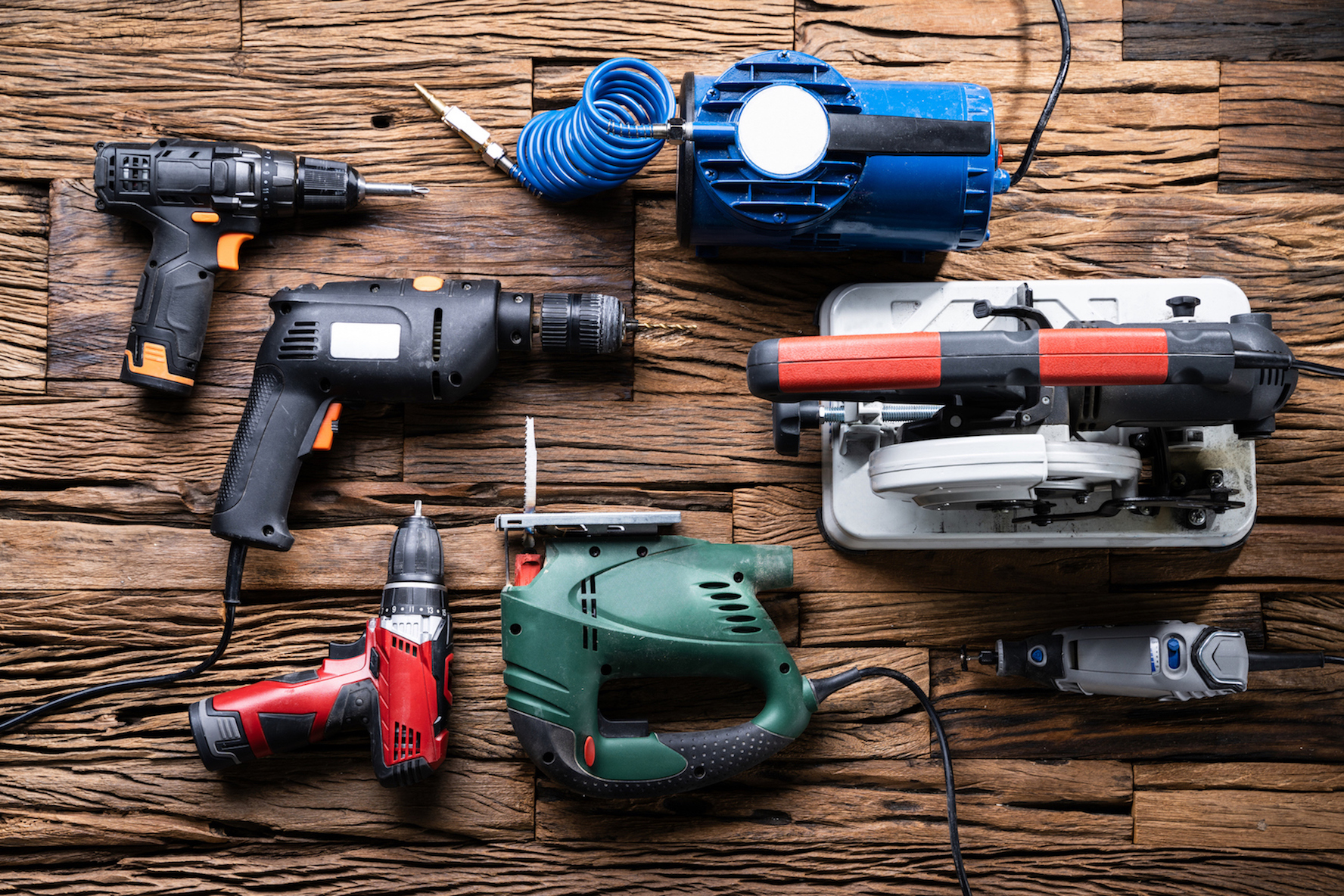
On the first episode in which Norm Abram appears on This Old House, he has a 16-ounce curved claw hammer up on a set of pump jacks that looks more perilous than it is, and we can hear his helpers hand-sawing in the background.
While power tools were around back then—Makita’s first 9.6-volt (V) “stick battery” cordless drill/driver had only made it here from Japan a year prior—hand-nailing shingles, plywood, decks (decks were relatively new back then, too), siding, trim, you name it was de rigueur. We don’t use hand tools much anymore, although hand saws work.
Another innovation that has really changed tools for DIYer and contractors alike is plastic (glass-reinforced nylon to be specific). The material makes power tools lighter and more durable. Advances in motor efficiency, thin-kerf blades that lower the drag on batteries, and blade coatings are examples. Inexpensive pneumatics now deliver professional power and speed to anybody who wants it, so doing weekend work is fun and fast compared to hand-driving every nail.
2. Fasteners
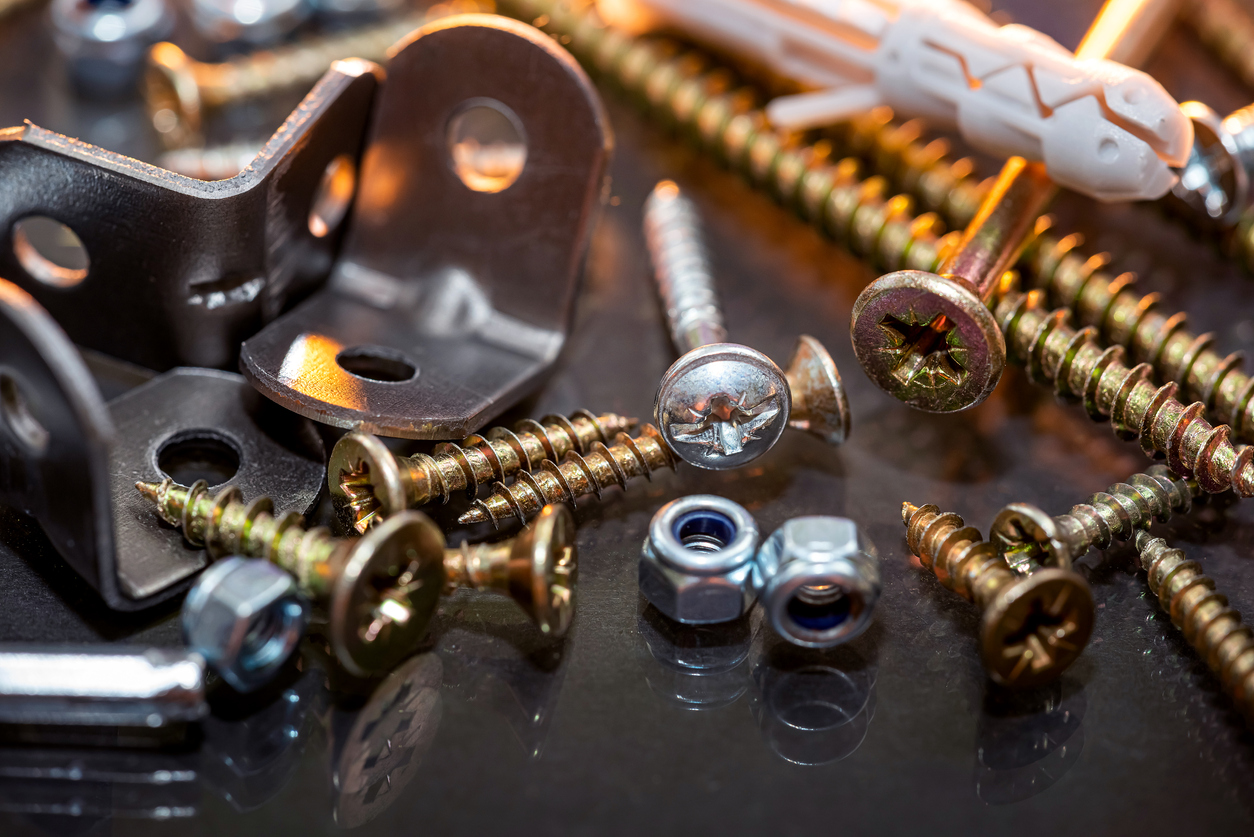
Try driving a ¾-inch screw into a piece of wood with a screwdriver. You’ll immediately learn that you need at least a pilot hole, which requires a drill and drill bit. You’ll also learn just how much energy it takes to drive a screw without a motor. The handy screw used for weekend woodworking, repairing a sagging door, or building a deck has seen a remarkable evolution since 1979.
For wood-to-concrete connections, fastening drywall, or meeting hurricane building code requirements for housing, or to meet DCA-6 requirements for decks, screws and the modern tools that blast them into materials have led to more efficient home improvement work and the ability to DIY alone totally possible.
RELATED: Living Modern in an Old House
3. Smart Houses

Back in 1979, a smart house was just a dream. Actions like having appliances that connect, lights that turn on automatically from afar, and indoor temperatures that can be adjusted from a remote device just weren’t possible.
Today, more than one-half billion Alexa-enabled devices have been purchased and in 2021, 50 million Google Home devices were purchased around the world to control smart-home devices that power lights, thermostats, locks, and more. Plus, DIYers can tell Alexa to order more home improvement supplies without even putting down that paint brush or power tool.
4. Indoor Air Quality

While pollution was about 78 percent higher in the early 1970s, there is actually more focus on indoor air quality these days because buildings are better sealed from the outdoors with new sealants, insulation, and window innovations, and we’re finding out that we need to actually spend time balancing indoor air quality and moisture levels to achieve ideal indoor comfort.
With just a quick search on Amazon for an air cleaner or purifier brings up more than 1,000 options. Hands-on testing has revealed some of the best, like the Shark HC502 3-in-1 Air Purifier—a favorite in Bob Vila’s researched guide to the best air purifiers.
RELATED: 6 Old House Features Making a Comeback in New Builds
5. Energy Efficiency
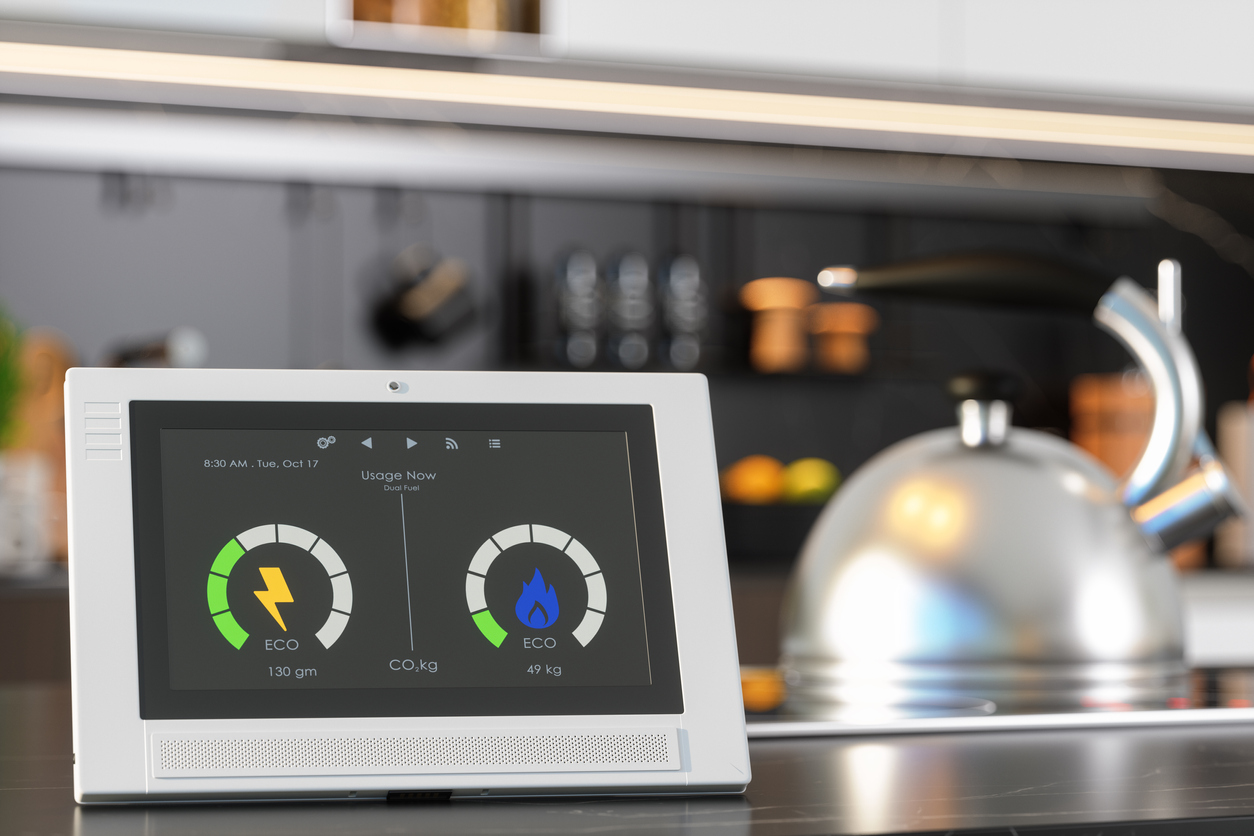
The demand to increase energy efficiency started in the 1970s with the U.S. energy crisis, and the interest has never subsided. Today, more than 70 percent of U.S. homebuyers want at least one key energy-efficient feature like appliances, windows, or triple-pane insulating windows when building a new home or remodeling an old house.
Another way today’s home improvement DIYers are achieving better energy efficiency is with smart thermostats that help reduce energy consumption, such as this Ecobee SmartThermostat—a favorite in Bob Vila’s researched guide to the best programmable thermostats.
6. Building Science
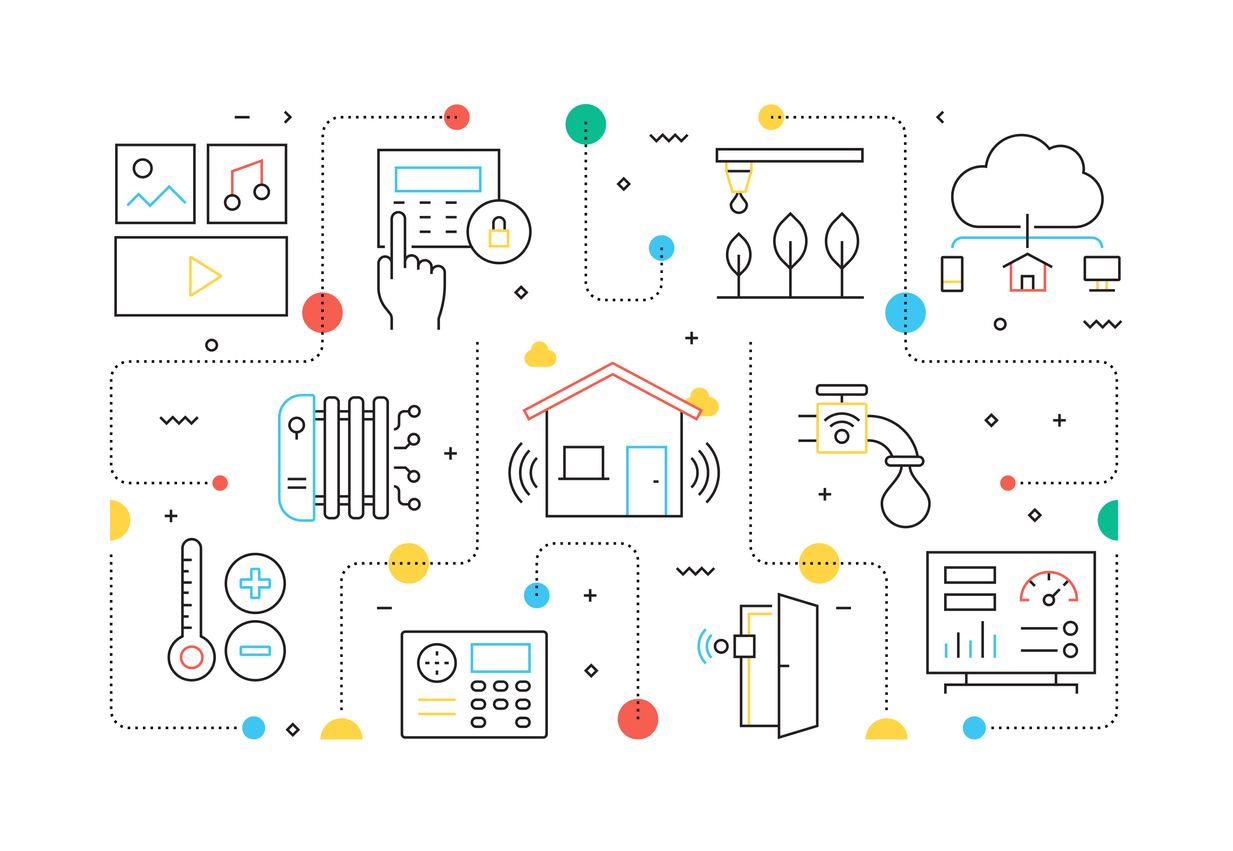
Before the groundswell demand to eliminate wasted energy, homes were built out of mostly natural materials and could “breathe” naturally—there was a healthy exchange of air through the exterior surfaces. If building materials ever became damp, there was airflow and time for them to dry. These days, homes are so well sealed and detailed that any moisture that finds its way into the home (or is created inside) can build up to result in mold, mildew, and decay.
As a result, building science—which began in the 1990s to address indoor environmental quality—is a way of using science and technology to look at a home as a total system. From roofing, sheathing, and windows to lighting, acoustics, and fire prevention, building science is a way to understand and better construct the complex structures we call home.
RELATED: Guide to Buying Older Homes by Decade
7. Biophilia
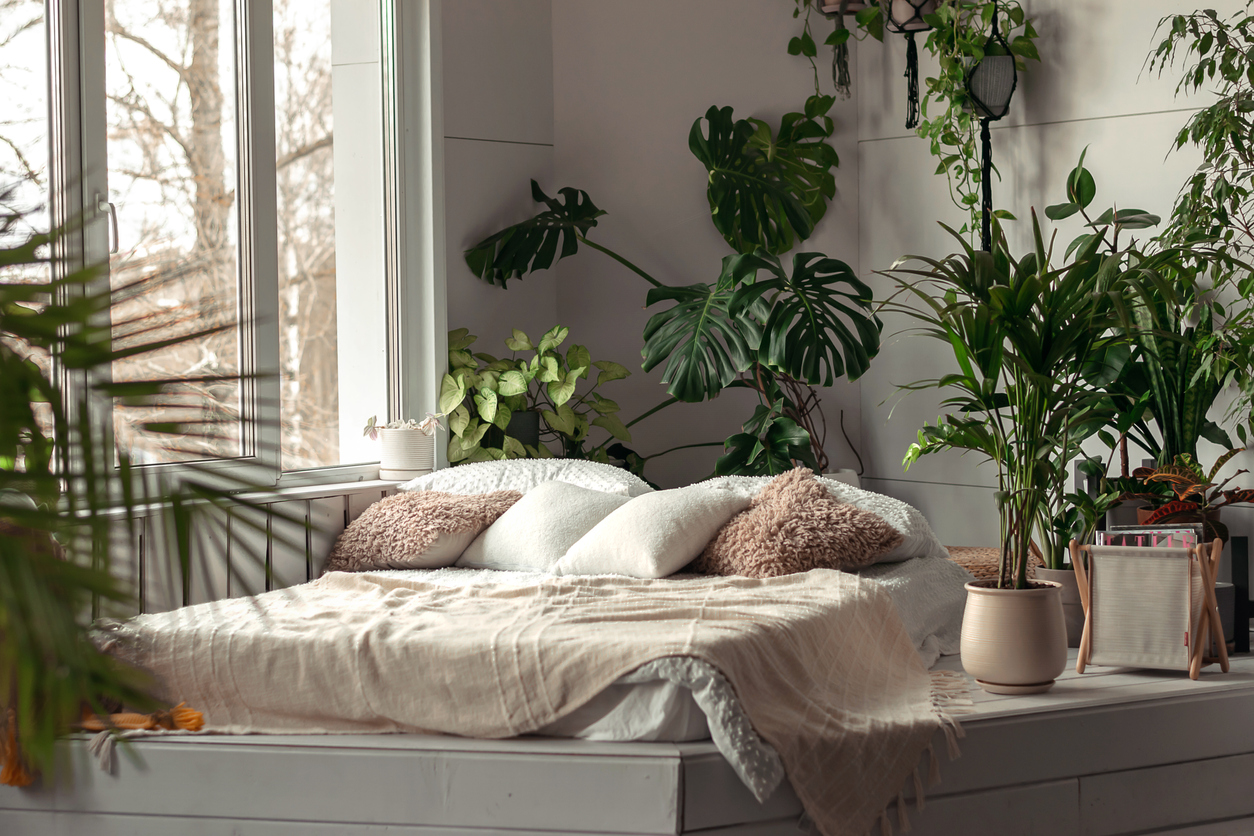
While the term biophilia first was used in 1964, the concept and desire for the principles of biophilic home design that increases our connections to nature through the built environment is just really starting to trend among home improvement enthusiasts. Consider this: Americans spend about 90 percent of their time inside. Further, our homes were not necessarily designed to be in tune with nature, and the pandemic forced many to rethink health goals. All this has led to a growing demand for including nature and biophilic principles inside our homes.
Choosing more wood finishes, incorporating plenty of plants indoors, and increasing the amount of natural light that enters the home are examples of embracing nature. All told, nearly one-third of Americans now want to include more natural elements in their houses.
8. HGTV In-Effect
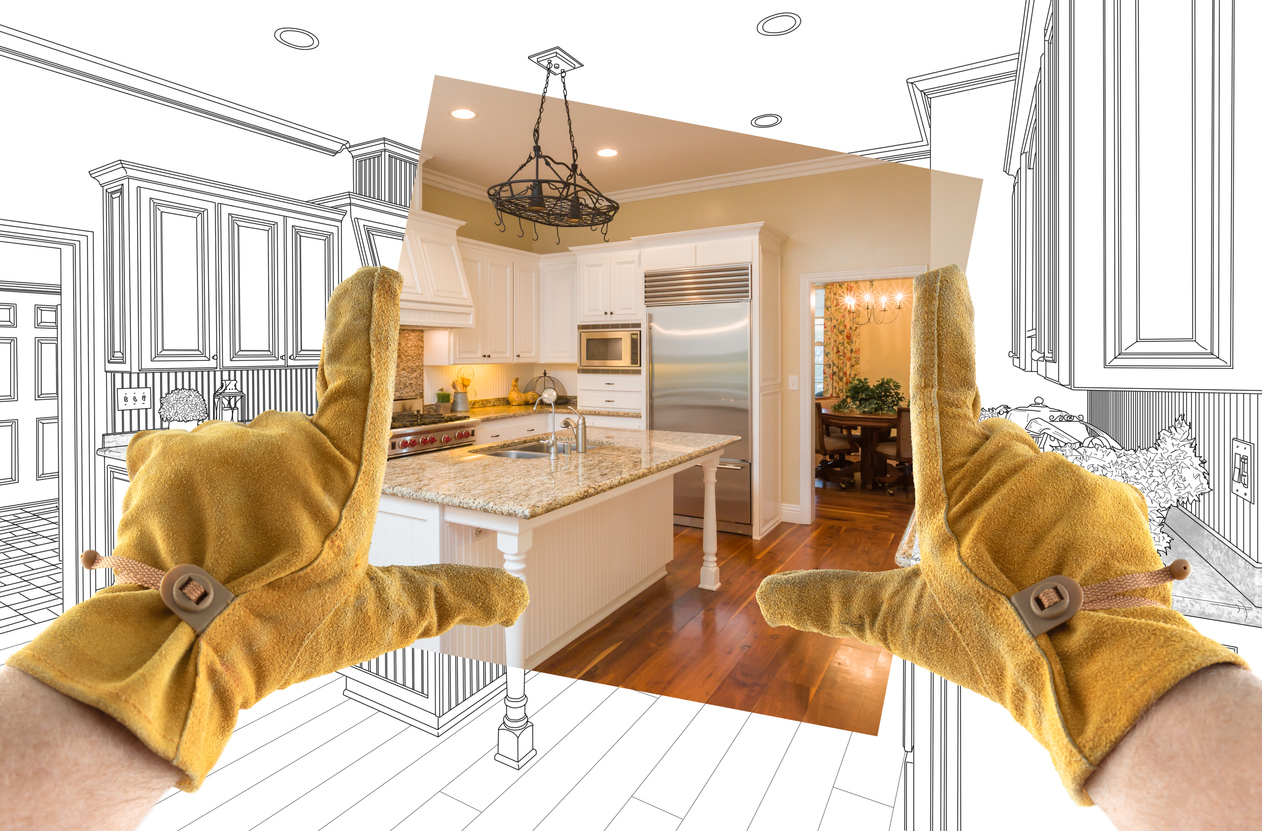
Unlike the methodical pace of This Old House, which shows skilled professionals painstakingly crafting homes—even following an entire house renovation through one season of episodes—the explosion of single-episode and online home makeovers has inspired many to run to the home improvement center and get in way over their heads.
While Bob Vila and the original team at This Old House put craft first, many home makeover videos and shows that have appeared in the past decade emphasize the “after” aspects much more than the detail of what goes on between project start and the reveal. Many viewers don’t know that it’s really hard to swing a sledgehammer for more than a few minutes, and that pros rarely pick one up. Demo is best accomplished by “un-building” in the opposite order of how a home was built. Plus, pros and DIY aficionados know there isn’t a crew of production assistants ready to clean up the mess caused by demo.
RELATED: Guide to Buying Older Homes by Decade
9. Sustainability
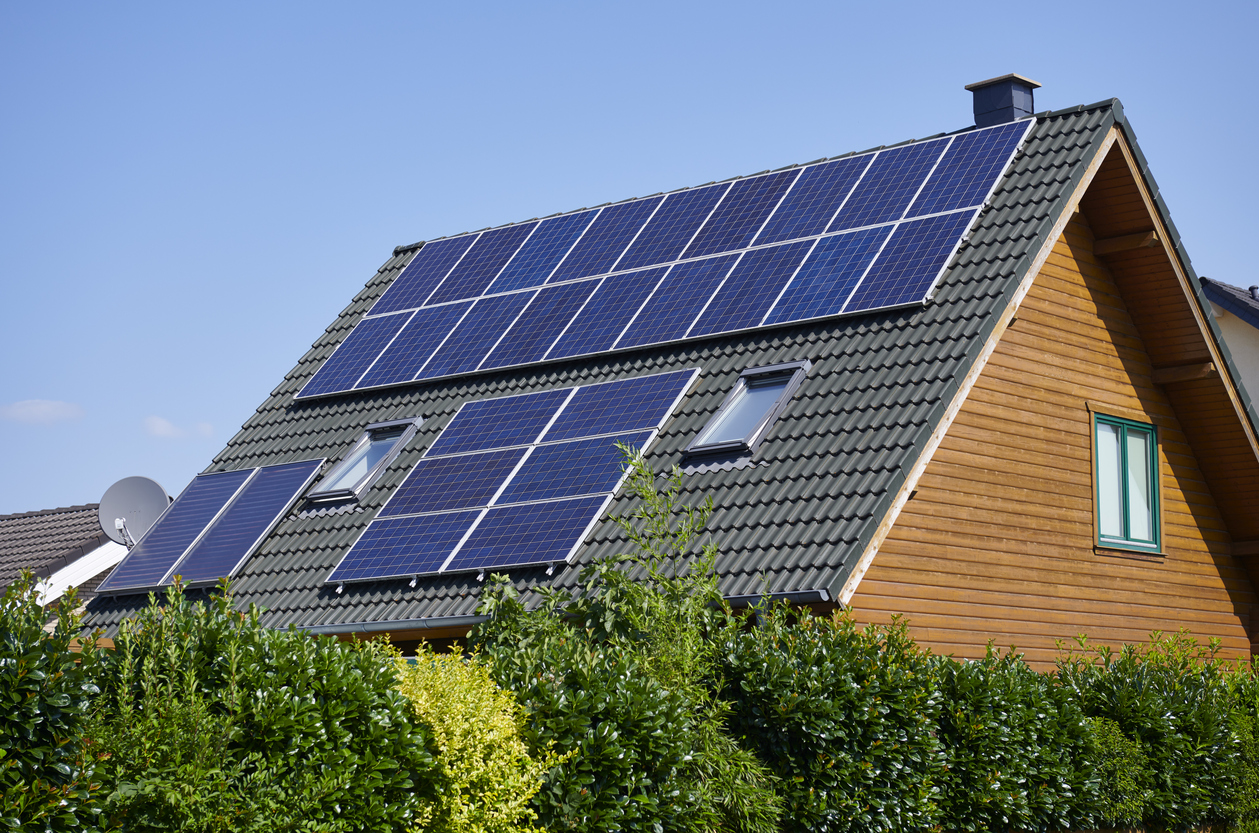
A focus on sustainable living was just starting to take off in the 1970s, but today it’s a full-on trend. It’s hard to read or watch anything about houses or building products without the word sustainability coming up. Home improvement now has the added goal of decreasing our impact on the environment.
As building technology has created hyper-performing house products at reasonable prices, there’s been a backlash that’s spurred buying local, handcrafting, repurposing, refreshing, and taking time to care for what we own instead of replacing it with something else just because it’s new.
10. Severe Weather
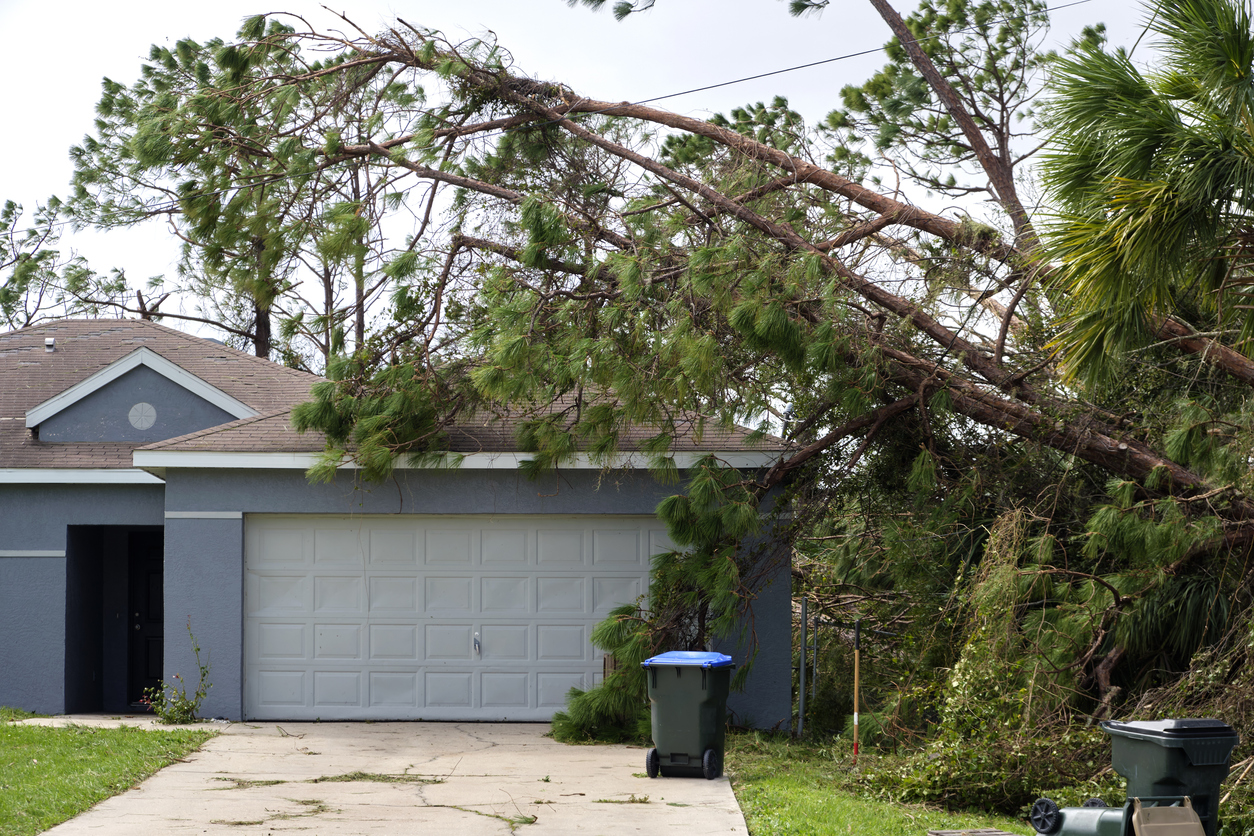
It’s hard to shake how frequently severe weather events have been affecting the U.S. and around the globe. Record-breaking temperatures, severe floods, extreme wildfires, and intense hurricanes and tornadoes seem to be in the news nearly every day, and in nearly every part of the world.
Just this year, 56 percent of homeowners reported home damage due to climate-related or severe weather issues, and 76 percent of renovations were affected by planning for extreme weather last year. Decisions about home improvement are now more pressingly informed by severe weather potential.
RELATED: 9 Resources for Finding Amazing Old Houses for Sale
11. How-to Shows and Books

Books about houses and homes have been published almost since there were books, but they were heady affairs detailing architecture. How-to books weren’t really for the masses, even though many people assembled their own homes in the form of Sears, Roebuck and Co. kit homes. In 1969 books like Modern Carpentry—friendly, easy to read, and photo- and drawing-heavy—opened up trade skills to more people.
But Bob made home improvement into informative entertainment. When Bob Vila appeared on TV screens to share the process of home improvement in simple and easy-to-digest bites, it was the watershed moment and the shoulders upon whom the likes of HGTV and Magnolia stand.
In other words, there was a “before Bob” and an “after Bob” in home improvement.
As the internet and social media have made self-publishing possible, anybody can now try to be their own version of Bob Vila, telling their own home improvement stories and sharing what they’ve learned for anybody who wants to watch or read at any time.
